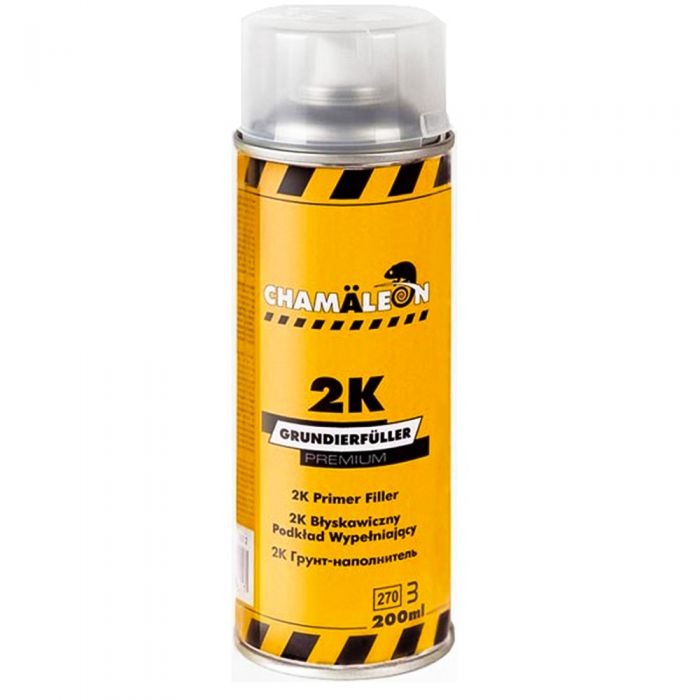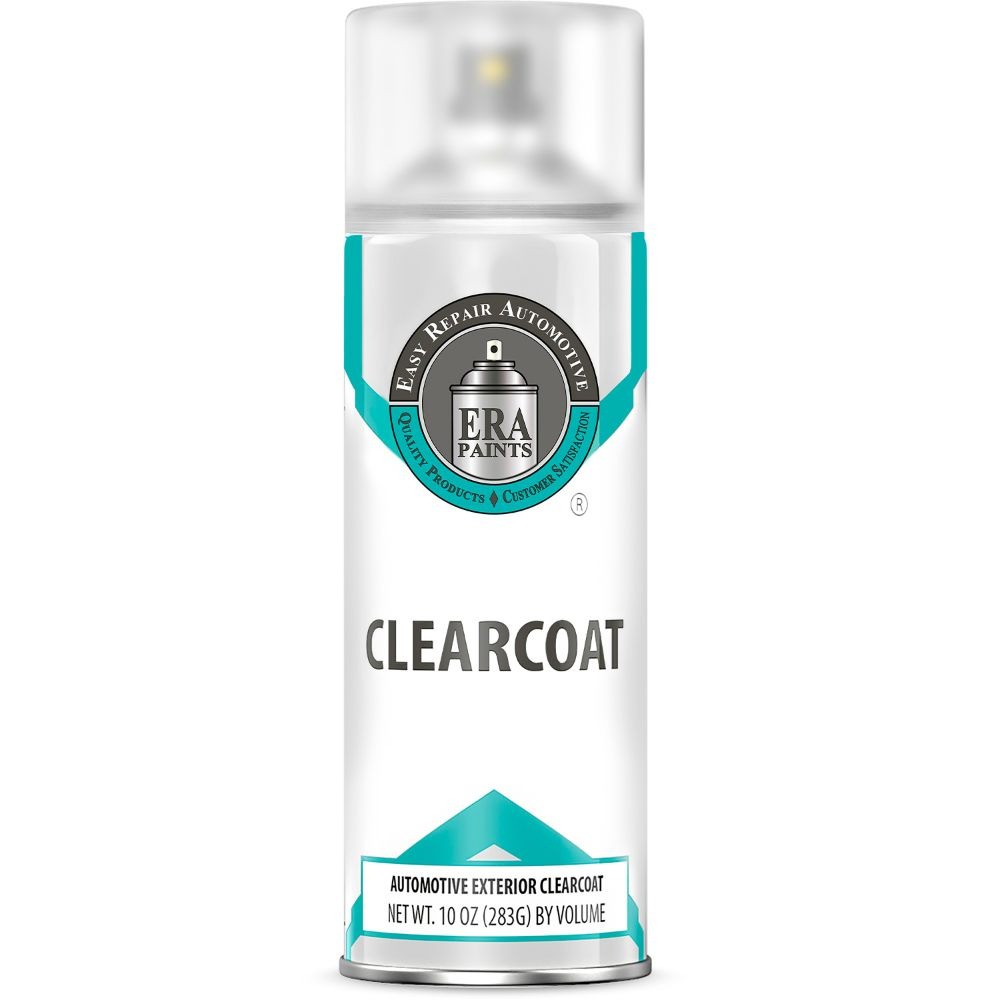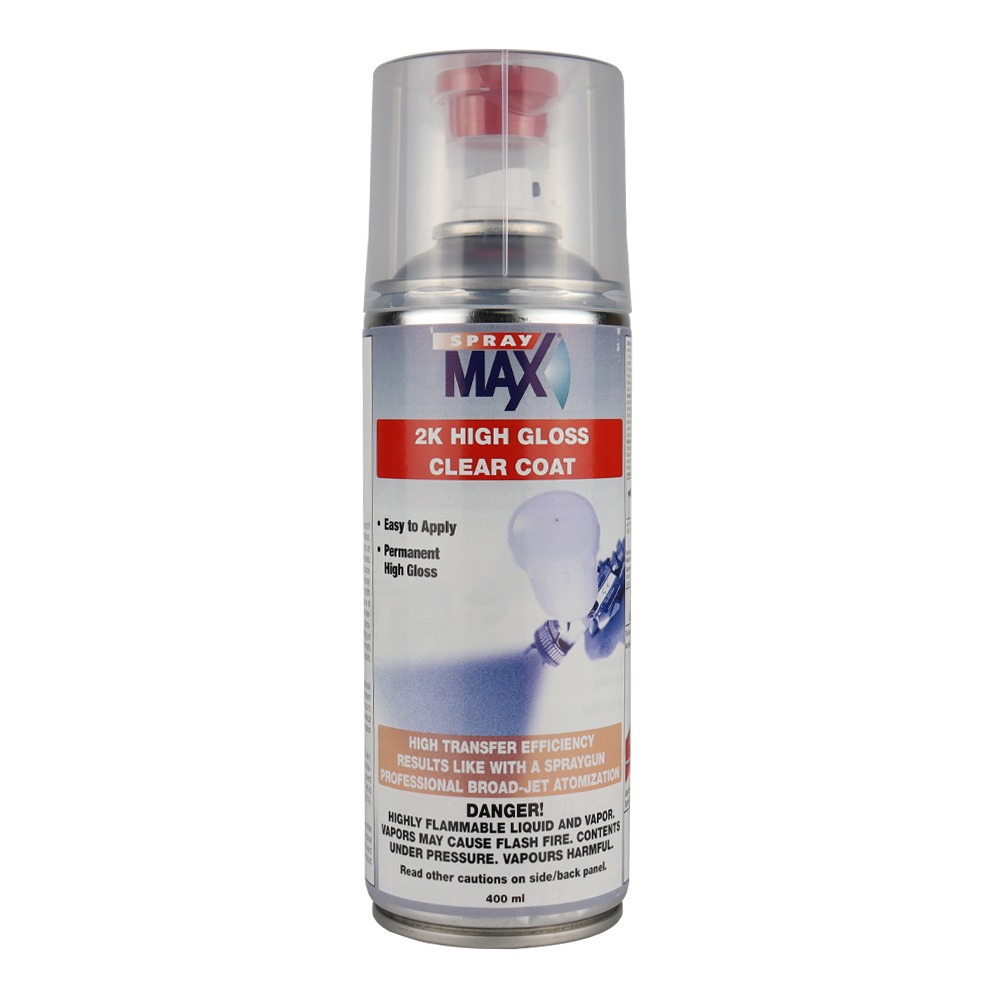Introduction to 2k Clear Coat
A 2k clear coat is a two-component paint system. It consists of a resin and a hardener. When mixed together, they create a durable and high-gloss finish. This type of coating is often used in automotive painting and refinishing. It can also be used for other projects that need a tough, protective surface.
Using a 2k clear coat brings several benefits. It resists UV rays, chemicals, and scratches. This coat provides a gleaming finish that lasts. It is a popular choice for those wanting to enhance the look and longevity of their projects.
Before starting your project, be sure to understand the chemistry of 2k clear coat. You will also need to follow the steps for proper application. These steps will help ensure the best results. We will cover this in more detail in the upcoming sections.
To achieve the best results, there are tips and common mistakes you’ll want to know about. Following these can greatly improve your outcome. You will find this guidance later in our guide.
In summary, the 2k clear coat is a reliable choice for achieving a high-quality finish. Its ability to withstand various elements while maintaining its appearance is noteworthy. It stands out against other types of finishes in terms of durability and maintenance, which we will compare later on. Stay tuned to learn how to make the most of this fantastic product.
Benefits of Using 2k Clear Coat for Your Projects

Choosing a 2k clear coat for your projects brings a host of advantages. Here are some of the key benefits that make 2k clear coat a preferred choice for many:
- Enhanced Durability: One of the main benefits of 2k clear coat is its exceptional durability. It can withstand tough conditions, including exposure to UV rays, harsh chemicals, and everyday scratches. This means your projects will maintain their gleaming appearance for longer.
- Superior Gloss and Shine: If you’re aiming for a high-gloss finish that catches the eye, 2k clear coat delivers. It creates a deep, lustrous shine that greatly enhances the project’s aesthetic appeal.
- Improved Protection: Beyond looks, 2k clear coat adds an extra layer of protection to the surface. It seals and guards against moisture, preventing rust and corrosion on metal surfaces.
- Professional Results: Whether you’re a seasoned professional or an enthusiastic DIYer, using 2k clear coat can yield results that look like they’ve come straight from a professional garage or workshop.
- Ease of Maintenance: Surfaces treated with 2k clear coat are easier to clean and maintain. Dirt and grime wipe away with less effort, keeping your project looking spotless with minimal upkeep.
- Versatility: This versatile finish is suitable for a wide range of projects, not just automotive. Whether it’s woodwork, metal parts, or other materials, 2k clear coat can provide the protection and gloss you seek.
Incorporating 2k clear coat into your project can be a wise decision. It not only improves the appearance but also prolongs the life of your work. As you progress through the steps of applying this durable finish, keep these benefits in mind to motivate a job well done. Remember, the investment in a quality coat like 2k clear coat may save you time and resources in the long run due to its protective qualities and reduced need for touch-ups.
The Chemistry Behind 2k Clear Coat
Understanding the chemistry of a 2k clear coat is key to using it effectively. The ‘2k’ in 2k clear coat stands for ‘two-component’, which refers to the two parts that make up the final mixture: the resin and the hardener. Here’s a brief look at each:
- Resin: This is the base of the clear coat and provides the finish with its gloss and clarity. The resin also forms the protective layer over your project.
- Hardener: The hardener, also known as the activator, causes the resin to cure. Mixing it with the resin triggers a chemical reaction that turns the liquid into a solid film.
When these two components mix, they start a process called cross-linking. This process weaves the molecules together to form a durable and hard surface. The chemical reaction is irreversible, so once the clear coat cures, it won’t go back to its liquid state. This makes the 2k clear coat very tough against wear and tear.
The exact formula of the resin and hardener can vary. It depends on the manufacturer and intended use. Some formulas might include additives for UV protection or extra gloss. These additives improve the performance and appearance of the finish. Always check the product information for specifics.
Remember to mix the resin and hardener in the correct ratio. An incorrect mix can affect the strength and appearance of the finish. It is crucial to get this step right for a successful application.
As you prepare your project for a 2k clear coat application, keep in mind these chemical components. They’re what make your finish strong, durable, and glossy. In our next sections, we’ll guide you through the proper steps to mix and apply this two-part solution effectively.
Step-by-Step Guide to Applying 2k Clear Coat

Applying a 2k clear coat correctly is crucial for achieving the best finish. Follow this step-by-step guide to ensure a smooth and gleaming surface:
- Preparation: Start by thoroughly cleaning the surface you will be coating. Remove all dirt, grime, and oils. Use a degreaser or solvent that doesn’t leave a residue.
- Sanding: Lightly sand the surface with fine-grit sandpaper. This creates a texture that helps the clear coat grip. Wipe away the dust afterward.
- Mixing the Components: Measure out the resin and hardener. Follow the manufacturer’s recommended ratio. Mix them together until they’re well-blended. Do this right before you’re ready to apply, as the mixture will begin to cure.
- Testing: If you have extra material, test the mix on a scrap piece. This will give you an idea of how it sprays and sets.
- Spraying: Use a spray gun to apply the coat. Hold the gun at a steady distance from the surface. Move in even, overlapping strokes. Apply a light first layer, often called a ‘tack’ coat, to help subsequent layers adhere better.
- Drying Times: Allow enough time for the first coat to become tacky. Refer to the product instructions for specific drying times. Once tacky, you can apply additional layers.
- Final Coats: Apply two or more layers for optimal thickness and protection. Allow each layer to dry to the touch before the next application.
- Curing: After the final layer, let the coated project cure thoroughly. This may take several hours to a full day. This time allows the chemical reactions to complete, hardening the coat.
Remember, patience and precision are vital when applying 2k clear coat. Don’t rush the process, and ensure your work environment is clean and free of contaminants that could spoil the finish.
Tips for a Perfect 2k Clear Coat Application
To ensure a flawless 2k clear coat finish, follow these tips:
- Work in a Clean Environment: Any dust or debris can ruin the finish. Make sure the area is spotless before beginning.
- Use the Right Equipment: A quality spray gun and proper lighting are essential for even application and spotting imperfections.
- Keep the Spray Gun Moving: Use a steady hand and maintain a consistent speed to avoid drips and uneven coating.
- Maintain Proper Distance: Holding the spray gun too close or too far can cause problems. Follow the manufacturer’s recommendations regarding distance.
- Apply Thin Layers: Thick layers don’t dry well and can run or sag. Several thin layers will give you a better result.
- Watch the Temperature: Very high or low temperatures can affect how the coat cures. Work in a controlled environment if possible.
- Mind the Mixing Ratios: Incorrect ratios can lead to a weak finish. Measure the resin and hardener exactly.
- Allow Proper Drying Time: Rushing between coats can cause issues. Let each layer dry as instructed before the next.
- Test Your Technique: Practice on a scrap piece to improve your skills before starting the actual project.
By applying these straightforward practices, you will ensure it on your project is applied smoothly and effectively, with results that are both striking and durable.
Common Mistakes to Avoid When Using 2k Clear Coat

For newcomers and seasoned users alike, there are pitfalls that can disrupt the perfect 2k clear coat application. Steering clear of these common mistakes will help maintain the gleaming finish you aim for:
- Skipping Proper Surface Preparation: Do not ignore the prep work. Be meticulous in cleaning and sanding your surface before you start.
- Incorrect Mixing Ratios: Keep an eye on the ratio of resin to hardener. An imbalance can compromise the durability and appearance of your finish.
- Neglecting Environment Conditions: Environmental factors, like humidity and temperature, are crucial. Disregarding them can affect the curing process.
- Poor Spray Technique: Maintain a stable hand and spray flow. Jerky movements and inconsistent speeds result in an uneven coat.
- Applying Too Thick or Too Fast: Thick coats or rapid successive layers can lead to runs and sags. Pace the application of each layer and make them thin.
- Not Using Personal Protective Equipment (PPE): Safety is key. Always wear recommended gear to protect yourself from chemicals.
- Ignoring Manufacturer’s Instructions: Manufacturers provide guidelines for a reason. Follow them strictly to ensure the best results.
By avoiding these mistakes, you’ll enhance the longevity and beauty of your projects with 2k clear coat. The effort put into the correct application process pays off with a professional-looking finish.
Durability and Maintenance of 2k Clear Coat Finishes
The durability of it is one of its most celebrated features. It can stand up to a lot: UV rays, scratches, and chemicals. This means less wear and tear over time. A 2k clear coat keeps projects looking new for years, not just months. It is perfect for cars, bikes, and other items that face the elements daily.
Taking care of surfaces with a 2k clear coat is also quite easy. Routine maintenance involves simple steps. A gentle wash with mild soap and water usually does the trick. This wash routine removes dirt and grime without harming the coat’s integrity. For tougher spots, use a soft, non-abrasive cloth to avoid scratches. Skip harsh chemicals or rough brushes. These can damage the coat.
If scratches occur, a specialized polishing compound can help. It buffs out minor imperfections and restores shine. Always read the product guidelines first. This ensures that it is safe for use on 2k clear coat finishes.
Remember, care for it finish is not just about looks. It’s about protecting the underlying material, too. With proper care, the coat endures and keeps the project radiant. Regular maintenance also means less time and money spent on fixes later on.
In summary, choosing it is a smart move. It offers lasting durability and is easy to keep up. With normal care, your projects will continue to shine and impress for the long haul.
Comparing 2k Clear Coat with Other Types of Finishes
When it comes to selecting a finish for your projects, variety abounds. Let’s compare 2k clear coat with other common finishes. This will help you understand where it stands out.
Traditional 1k Clear Coats: Unlike 2k, 1k coatings do not require a hardener. They are less durable and offer less resistance to chemicals and UV lights. Their ease of use is a plus. But, they fall short in protection and longevity.
Lacquers: These dry quickly and offer a decent level of shine. However, they aren’t as robust as 2k clear coats. Lacquers tend to become brittle and crack over time. They also don’t stand up well to UV exposure.
Enamels: Available as single-stage solutions, enamels provide a hard finish. They are easier to apply than 2k clear coats. But they don’t match in terms of resistance to abrasion and environmental damages.
Polyurethane: This is a tough rival to the 2k clear coat because it also offers a durable finish. Yet, polyurethane coatings may yellow over time. This can affect the project’s appearance.
Acrylics: Acrylic finishes are another popular choice. They don’t emit strong fumes like 2k clear coats sometimes can. But they are often softer and less resistant to scratches.
Each type of finish has its place, depending on the project needs. For the utmost in durability and a long-lasting gleam, it is the superior choice. It outperforms others in maintaining a spotless and resilient surface. For projects exposed to the elements or heavy use, the strong and reliable 2k clear coat is a standout option.


